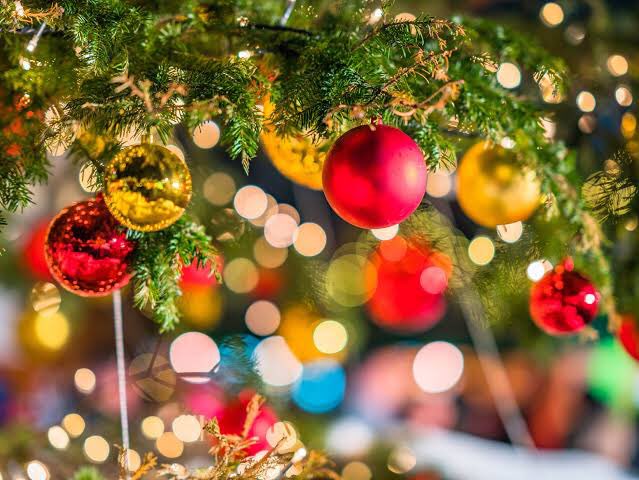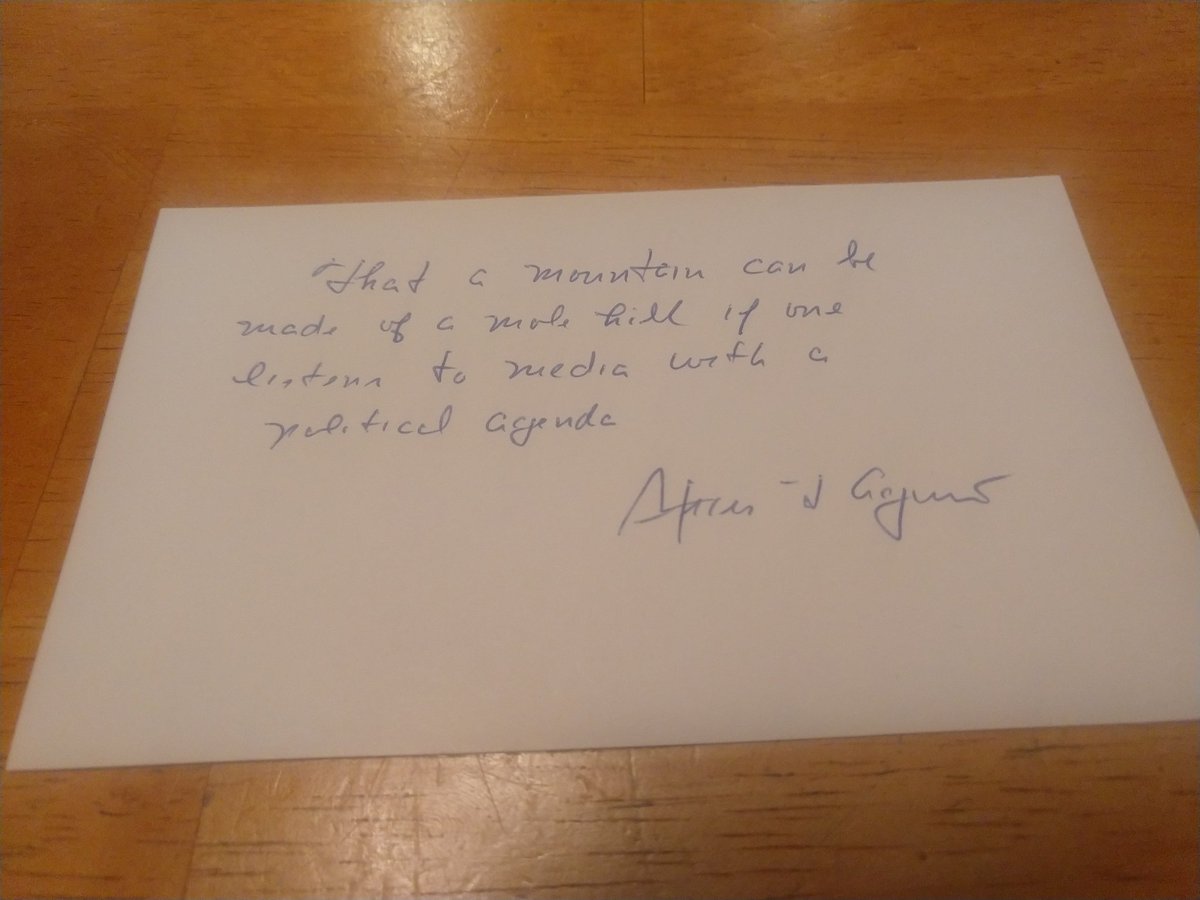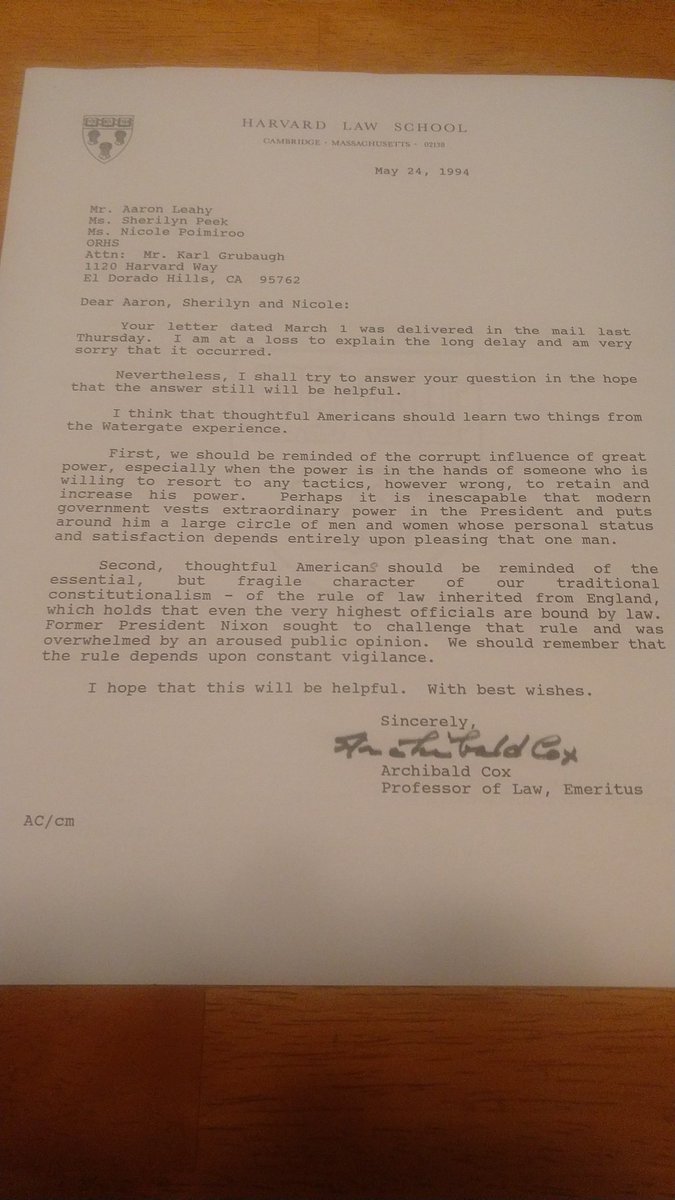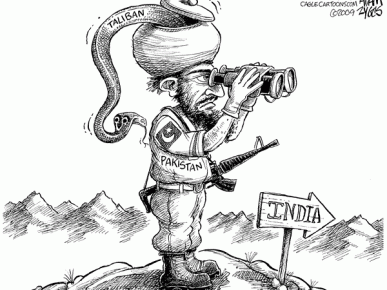MINISTRY OF INTERIOR
ABUJA
PRESS RELEASE
FG DECLARES DECEMBER 25, 28, 2020; JANUARY 1, 2021 PUBLIC HOLIDAYS

More from Government
They shouldn't be.
The pattern is:
GOP in power - GOP dictates policy
Dems in power - GOP dictates policy
The Dems shouldn't legislate toward the GOP.
The GOP doesn't represent its constituents.
The GOP can push it's agenda on its own time.
If Dems push an agenda that actually helps people, it'll also actually help the GOP constituency.
The GOP won't. So give them nothing.
The Dems should ignore the GOP just like the GOP ignores the Dems.
Make them pay for every moment of obstruction.
Just a hard press on legislation that is unassailable and shine a light on the GOP.
Constant. Relentless. Unyielding.
Shut them out and shut them down.
The GOP is not a legitimate political party. It is an anti-democratic, fascist criminal syndicate with no interest whatsoever in governance.
Nobody should give them the slightest bit of credit or legitimacy ever again.
Not a fucking ounce.
Nobody should engage them in legitimate debate in Congress.
They should be pariahs and treated as unserious occupants of Congress.
Because these people were totally ok with their colleagues being killed in furtherance of the destruction of the insitution.
The pattern is:
GOP in power - GOP dictates policy
Dems in power - GOP dictates policy
Soooooooo what\u2019s the problem. The statement I responded to read as it they haven\u2019t been trying to work together.. but they have so..?
— Othello (@BurberryKid11) February 2, 2021
The Dems shouldn't legislate toward the GOP.
The GOP doesn't represent its constituents.
The GOP can push it's agenda on its own time.
If Dems push an agenda that actually helps people, it'll also actually help the GOP constituency.
The GOP won't. So give them nothing.
The Dems should ignore the GOP just like the GOP ignores the Dems.
Make them pay for every moment of obstruction.
Just a hard press on legislation that is unassailable and shine a light on the GOP.
Constant. Relentless. Unyielding.
Shut them out and shut them down.
The GOP is not a legitimate political party. It is an anti-democratic, fascist criminal syndicate with no interest whatsoever in governance.
Nobody should give them the slightest bit of credit or legitimacy ever again.
Not a fucking ounce.
Nobody should engage them in legitimate debate in Congress.
They should be pariahs and treated as unserious occupants of Congress.
Because these people were totally ok with their colleagues being killed in furtherance of the destruction of the insitution.
You May Also Like
To people who are under the impression that you can get rich quickly by working on an app, here are the stats for https://t.co/az8F12pf02
📈 ~12000 vistis
☑️ 109 transactions
💰 353€ profit (285 after tax)
I have spent 1.5 months on this app. You can make more $ in 2 days.
🤷♂️

I'm still happy that I launched a paid app bcs it involved extra work:
- backend for processing payments (+ permissions, webhooks, etc)
- integration with payment processor
- UI for license activation in Electron
- machine activation limit
- autoupdates
- mailgun emails
etc.
These things seemed super scary at first. I always thought it was way too much work and something would break. But I'm glad I persisted. So far the only problem I have is that mailgun is not delivering the license keys to certain domains like https://t.co/6Bqn0FUYXo etc. 👌
omg I just realized that me . com is an Apple domain, of course something wouldn't work with these dicks
📈 ~12000 vistis
☑️ 109 transactions
💰 353€ profit (285 after tax)
I have spent 1.5 months on this app. You can make more $ in 2 days.
🤷♂️

I'm still happy that I launched a paid app bcs it involved extra work:
- backend for processing payments (+ permissions, webhooks, etc)
- integration with payment processor
- UI for license activation in Electron
- machine activation limit
- autoupdates
- mailgun emails
etc.
These things seemed super scary at first. I always thought it was way too much work and something would break. But I'm glad I persisted. So far the only problem I have is that mailgun is not delivering the license keys to certain domains like https://t.co/6Bqn0FUYXo etc. 👌
omg I just realized that me . com is an Apple domain, of course something wouldn't work with these dicks
Great article from @AsheSchow. I lived thru the 'Satanic Panic' of the 1980's/early 1990's asking myself "Has eveyrbody lost their GODDAMN MINDS?!"
The 3 big things that made the 1980's/early 1990's surreal for me.
1) Satanic Panic - satanism in the day cares ahhhh!
2) "Repressed memory" syndrome
3) Facilitated Communication [FC]
All 3 led to massive abuse.
"Therapists" -and I use the term to describe these quacks loosely - would hypnotize people & convince they they were 'reliving' past memories of Mom & Dad killing babies in Satanic rituals in the basement while they were growing up.
Other 'therapists' would badger kids until they invented stories about watching alligators eat babies dropped into a lake from a hot air balloon. Kids would deny anything happened for hours until the therapist 'broke through' and 'found' the 'truth'.
FC was a movement that started with the claim severely handicapped individuals were able to 'type' legible sentences & communicate if a 'helper' guided their hands over a keyboard.
For three years I have wanted to write an article on moral panics. I have collected anecdotes and similarities between today\u2019s moral panic and those of the past - particularly the Satanic Panic of the 80s.
— Ashe Schow (@AsheSchow) September 29, 2018
This is my finished product: https://t.co/otcM1uuUDk
The 3 big things that made the 1980's/early 1990's surreal for me.
1) Satanic Panic - satanism in the day cares ahhhh!
2) "Repressed memory" syndrome
3) Facilitated Communication [FC]
All 3 led to massive abuse.
"Therapists" -and I use the term to describe these quacks loosely - would hypnotize people & convince they they were 'reliving' past memories of Mom & Dad killing babies in Satanic rituals in the basement while they were growing up.
Other 'therapists' would badger kids until they invented stories about watching alligators eat babies dropped into a lake from a hot air balloon. Kids would deny anything happened for hours until the therapist 'broke through' and 'found' the 'truth'.
FC was a movement that started with the claim severely handicapped individuals were able to 'type' legible sentences & communicate if a 'helper' guided their hands over a keyboard.
Krugman is, of course, right about this. BUT, note that universities can do a lot to revitalize declining and rural regions.
See this thing that @lymanstoneky wrote:
And see this thing that I wrote:
And see this book that @JamesFallows wrote:
And see this other thing that I wrote:
One thing I've been noticing about responses to today's column is that many people still don't get how strong the forces behind regional divergence are, and how hard to reverse 1/ https://t.co/Ft2aH1NcQt
— Paul Krugman (@paulkrugman) November 20, 2018
See this thing that @lymanstoneky wrote:
And see this thing that I wrote:
And see this book that @JamesFallows wrote:
And see this other thing that I wrote:























